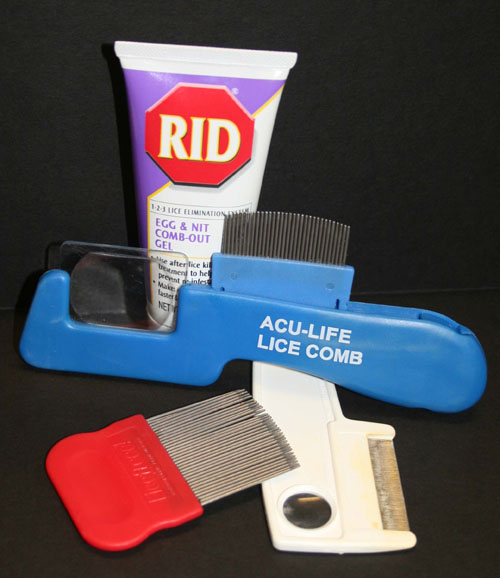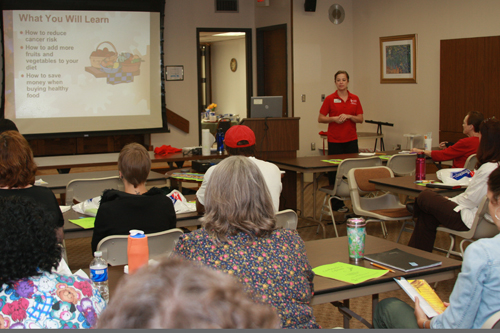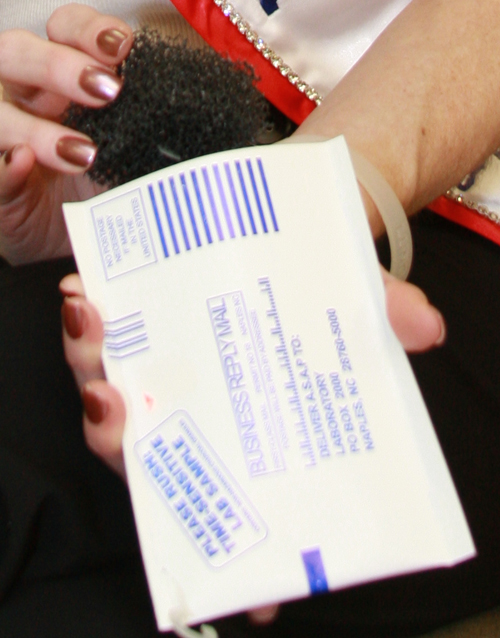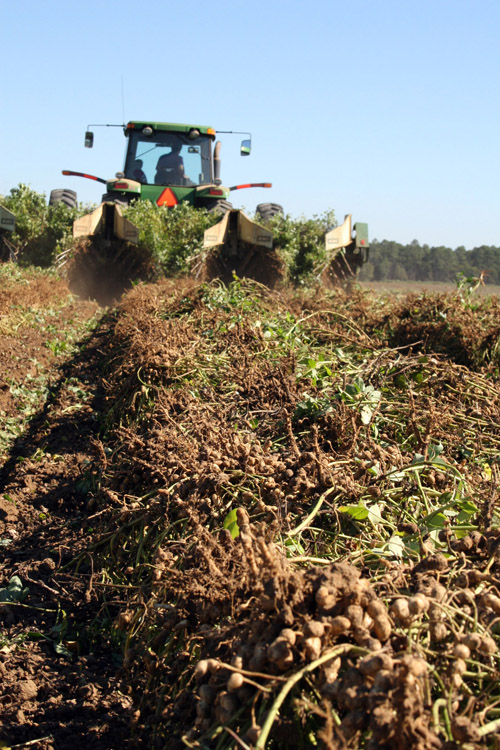When temperatures dip into the teens, weather can be more than cold – it can be deadly. The threat of death from hypothermia is greatest for the elderly population.
"The really old -- people in their 80s and older -- are most at risk," said Connie Crawley, a nutrition and health specialist with University of Georgia Cooperative Extension. "It's important for neighbors and family to check on them in bad weather."
Older people, Crawley said, account for about half of all victims of hypothermia, a harmfully low body temperature -- usually 95 degrees or lower. Hypothermia can be fatal if not detected and treated in time.
High home heating bills can result in poor elderly being the most susceptible to hypothermia. But many older people who can afford to adequately heat their homes still may not keep themselves warm enough.
"The elderly often have poor circulation," Crawley said. "Many are just not sensitive to body changes. They don't realize how cold they are. That makes them more at risk."
Older people's body tissues are more delicate, too, she said. That raises the danger of tissue damage, especially if they have poor circulation.
Prevention is by far the best treatment. If you can, keep the room temperature at 70 degrees, and no lower than 65 degrees.
Other simple, low-cost things like dressing warmly can help guard against hypothermia, Crawley said.
"Dress in layers," she said. "That's important, because the air trapped between the layers of clothing acts as insulation."
Long underwear, gloves, socks and sweaters are important winter wear. Take special care to protect hands and feet, where circulation is often poor. A warm hat will help retain a lot of body heat.
Wool is warmest, she said. If you're sensitive to wool, wear a layer of synthetic material or cotton underneath.
Flannel sheets, a thermal blanket and a comforter can keep a bed toasty. Wearing socks to bed, and even gloves and a hat, can help, too.
The worst thing you could do to warm up is to drink an alcoholic beverage.
"Alcohol gives you the illusion of warmth," Crawley said. "Actually, it will make you less alert, less aware of your body condition. You'll be more likely to fall asleep and fail to take appropriate action to protect yourself from hypothermia."
Eating warm, nutritious foods also helps. So does moderate exercise, within reason.
“Exercise indoors when the weather is cold,” she said. “It helps keep the circulation up. A good option is riding an exercise bike, walking on a treadmill or doing chair aerobics.”
If you suspect someone has hypothermia, call a doctor. Signs of hypothermia include pale, waxy skin, slow breathing and a slowed, irregular heartbeat. Sufferers may also be dizzy and drowsy. Other signs are trembling on one side of the body or in one arm or leg, slurred speech, low blood pressure, momentary blackouts and fleeting memory. If the symptoms are severe, get emergency medical help. And while you wait for help, begin the rewarming process.
Put the person into a warm bed to rewarm him or her gradually. Don't use hot water bottles and heating pads because they can get too hot and damage the skin. Also don't rub the person's hands or feet, she said. Instead of improving circulation, this can injure tender tissues. Just cover the person with warm materials and get medical help.
"The best thing to use is warm towels out of the dryer," Crawley said.
A warm drink of water or milk can help, too, as can raising the feet to force blood to the head.
Following these recommendations and checking on the elderly could do more than warm a heart this winter – it could also save a life.








